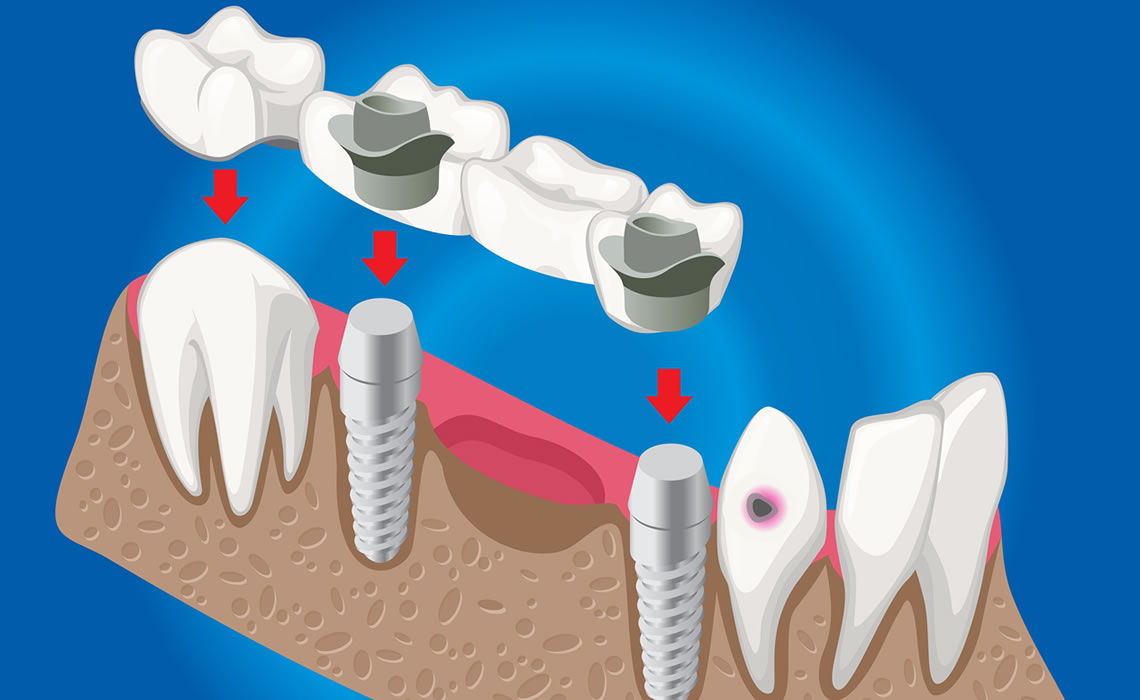
Smiling is a crucial way for individuals to reflect their beauty and confidence. However, tooth loss can significantly impact one’s ability to smile freely. Fortunately, dental bridges provide an effective solution for replacing missing teeth. In this article, you will learn more about what dental bridges are, how they work, and the advantages they offer.
What is a Dental Bridge?
A dental bridge is a prosthesis that replaces one or more consecutive missing teeth. This prosthetic structure typically relies on support teeth, known as abutment teeth or bridge teeth. Dental bridges not only restore the function of missing teeth but also complete your smile.
Advantages
Dental bridges come with numerous advantages:
- Smile Enhancement: Dental bridges complete your smile by replacing missing teeth.
- Comfort and Convenience: Dental bridges do not require a surgical procedure for placement, providing quick and convenient results.
- Restoration of Eating Function: Dental bridges restore the ability to eat, improving chewing functionality.
- Speech Improvement: Missing teeth can cause speech difficulties, which dental bridges help address.
- Natural Appearance: Designed to blend seamlessly with natural teeth, dental bridges offer a highly natural appearance.
How Does it Work?
The dental bridge treatment involves the following steps:
- Examination and Planning: Your dentist examines the missing teeth and formulates a treatment plan, assessing the strength and suitability of support teeth.
- Preparation: A small amount of enamel is removed from the abutment teeth to prepare the space for the placement of the dental bridge.
- Impressions and Prosthesis Production: Impressions are taken, and a custom dental bridge is produced in a laboratory.
- Temporary Prosthesis Attachment: During the creation of the permanent dental bridge, a temporary prosthesis may be attached.
- Placement of Permanent Dental Bridge: Once the permanent dental bridge is ready, your dentist attaches and securely fixes it in place.
Who is it Suitable For?
Dental bridges are a suitable option for many individuals with one or more missing teeth. However, the health and suitability of the abutment teeth significantly impact the success of the treatment. Additionally, the enamel structure of the abutment teeth and proper placement of the dental bridge are crucial. Therefore, a dental examination is necessary to determine the suitability for dental bridge treatment.
Conclusion
Dental bridges provide an effective way to replace missing teeth, completing your smile, improving functionality, and boosting confidence. To learn more and seek consultation about dental bridge treatment, contact a dentist. Reclaim your missing teeth and achieve a beautiful smile.



















